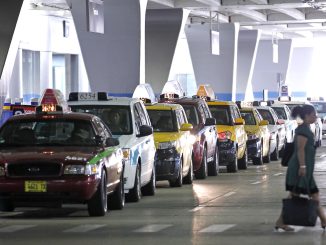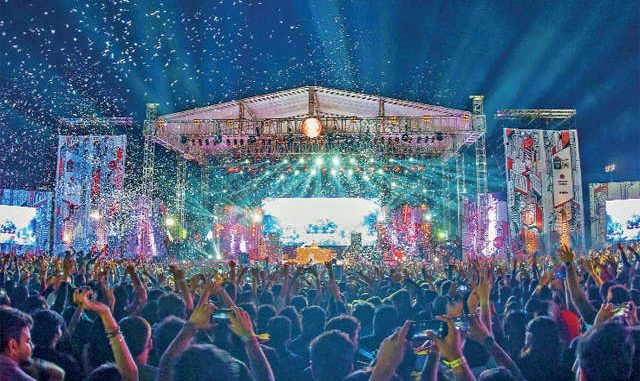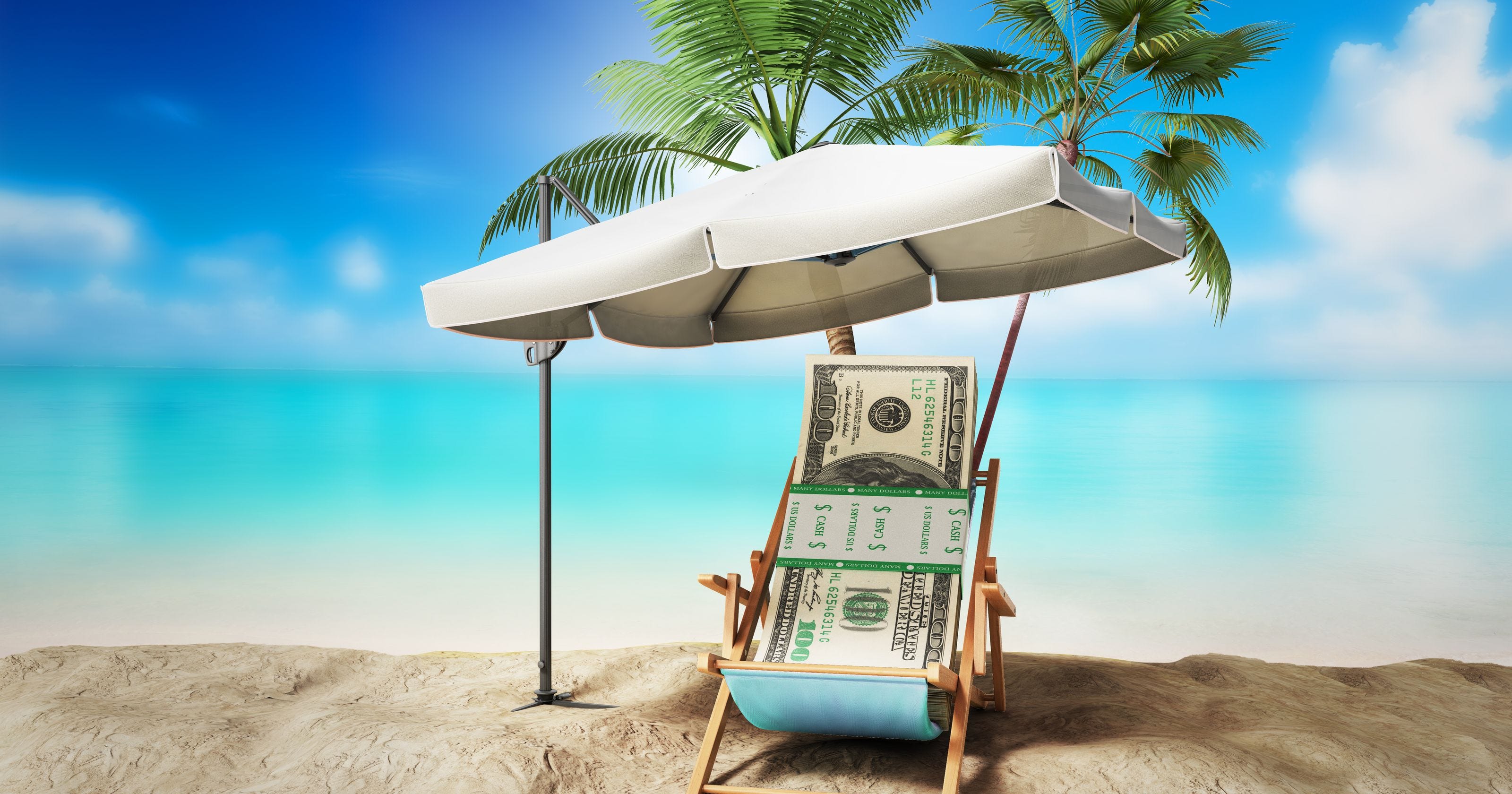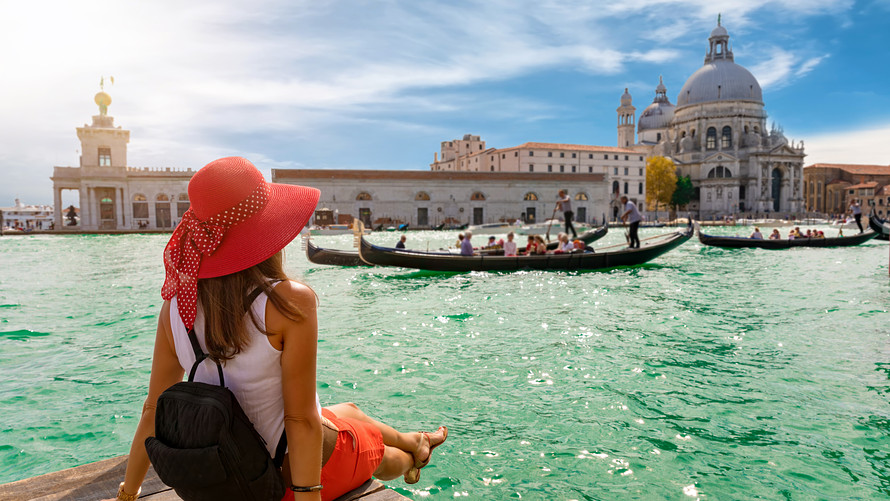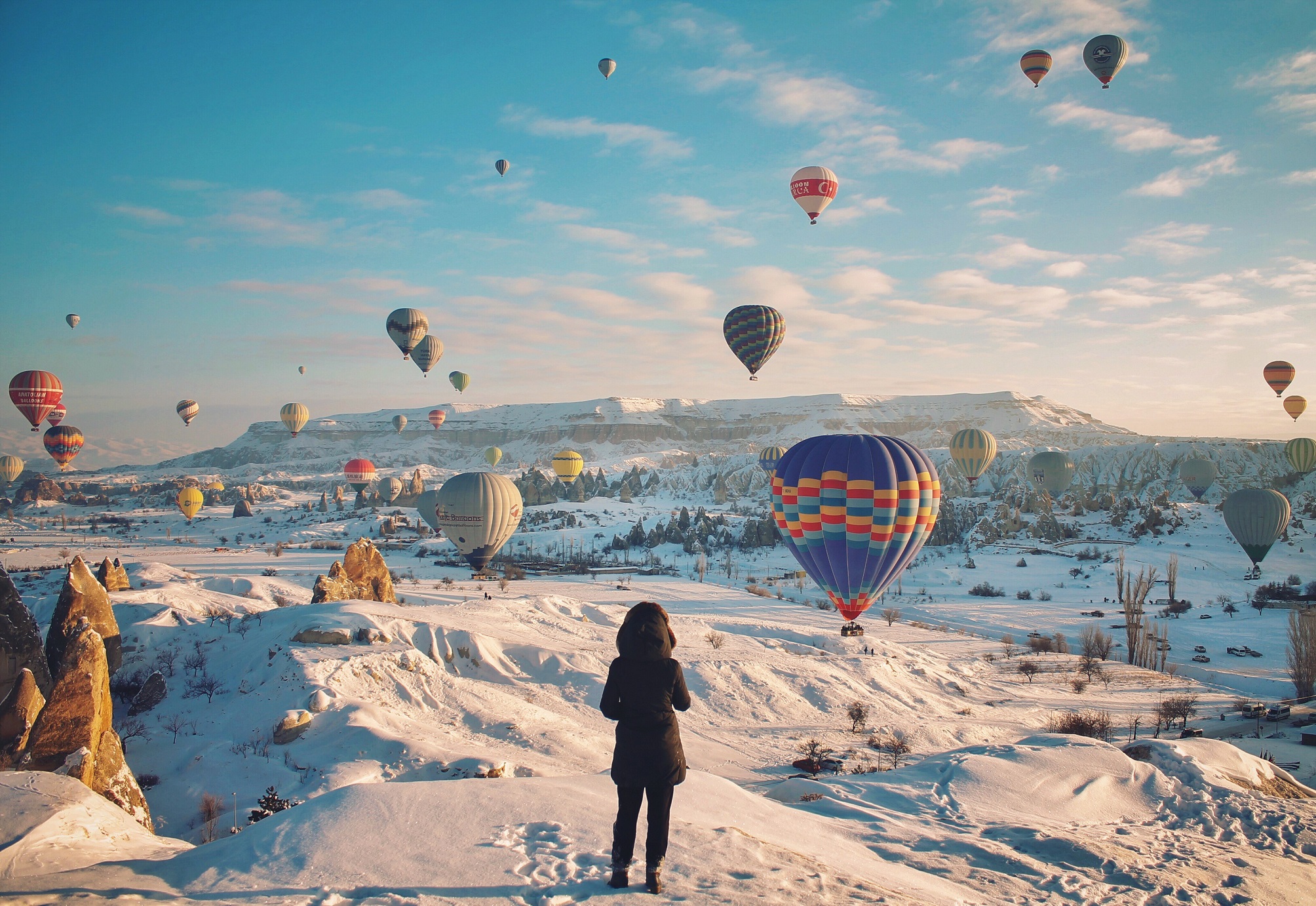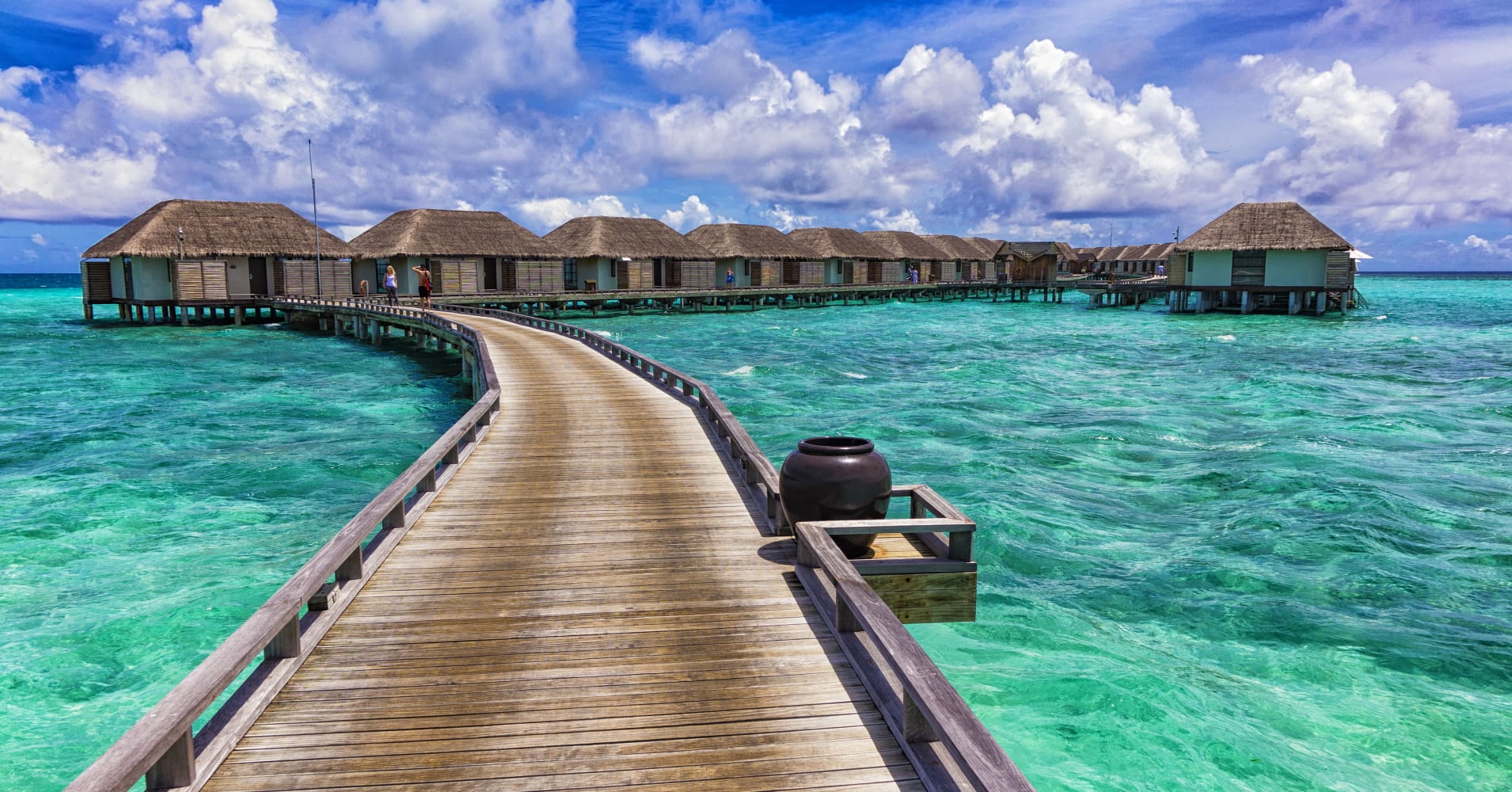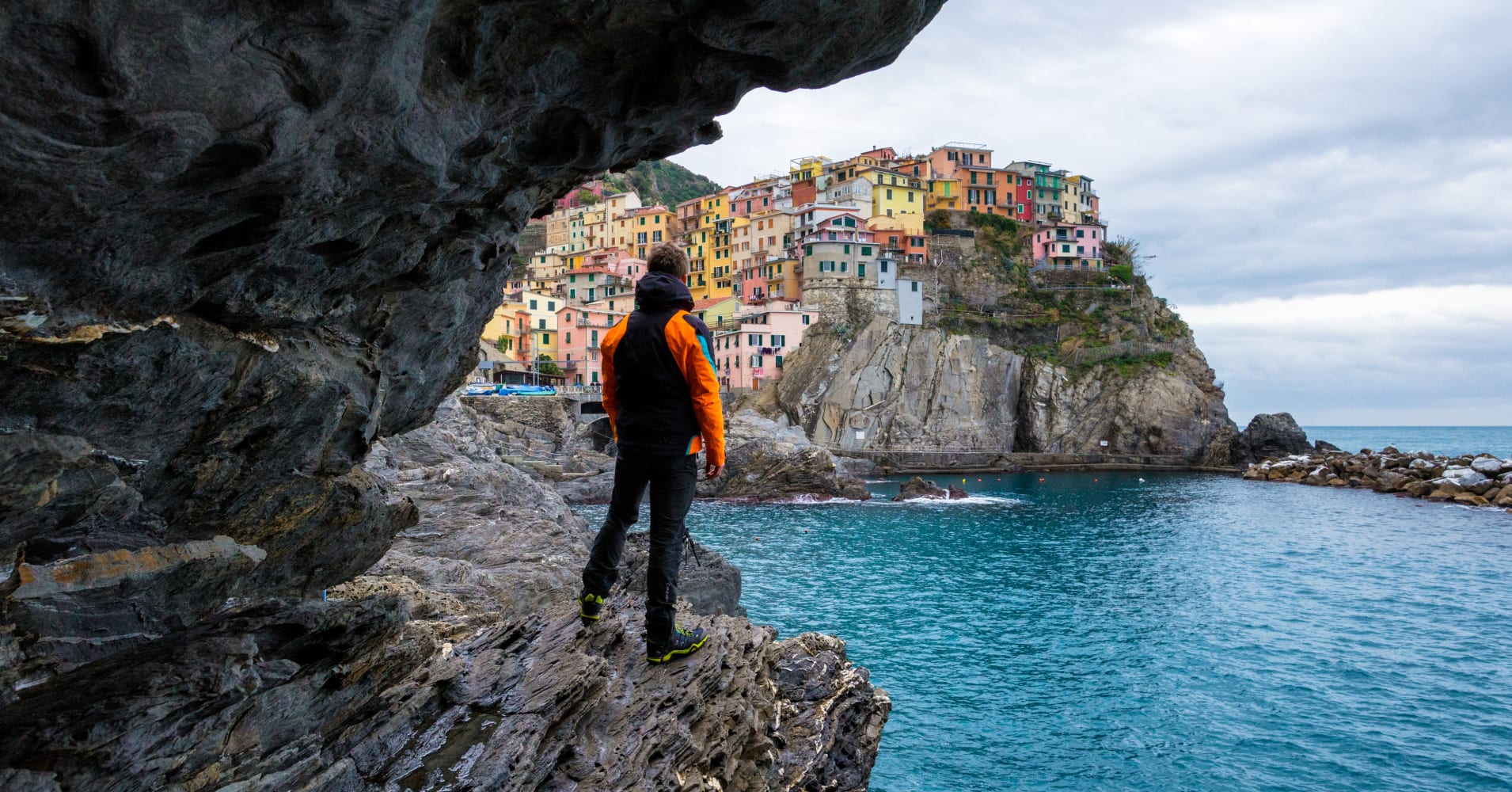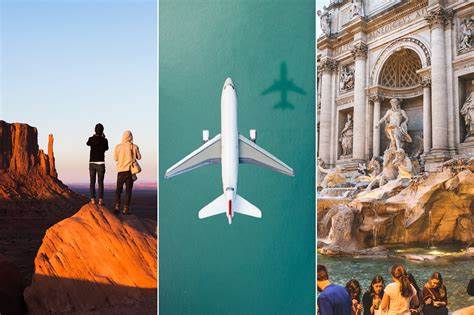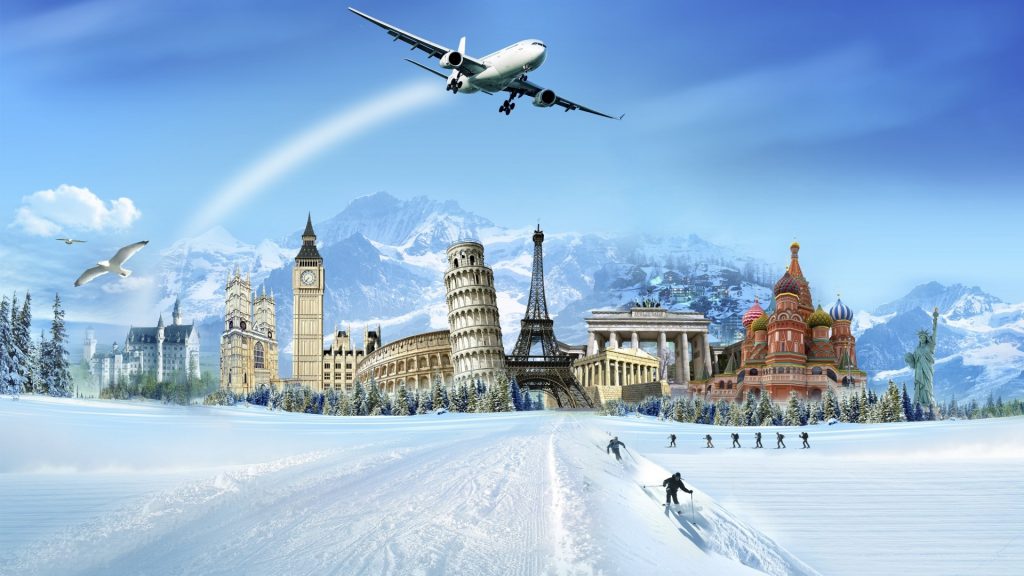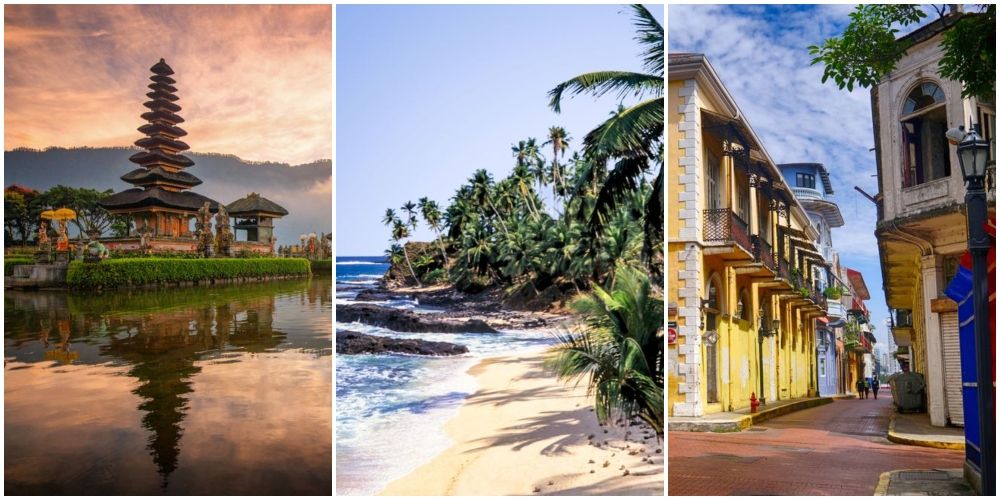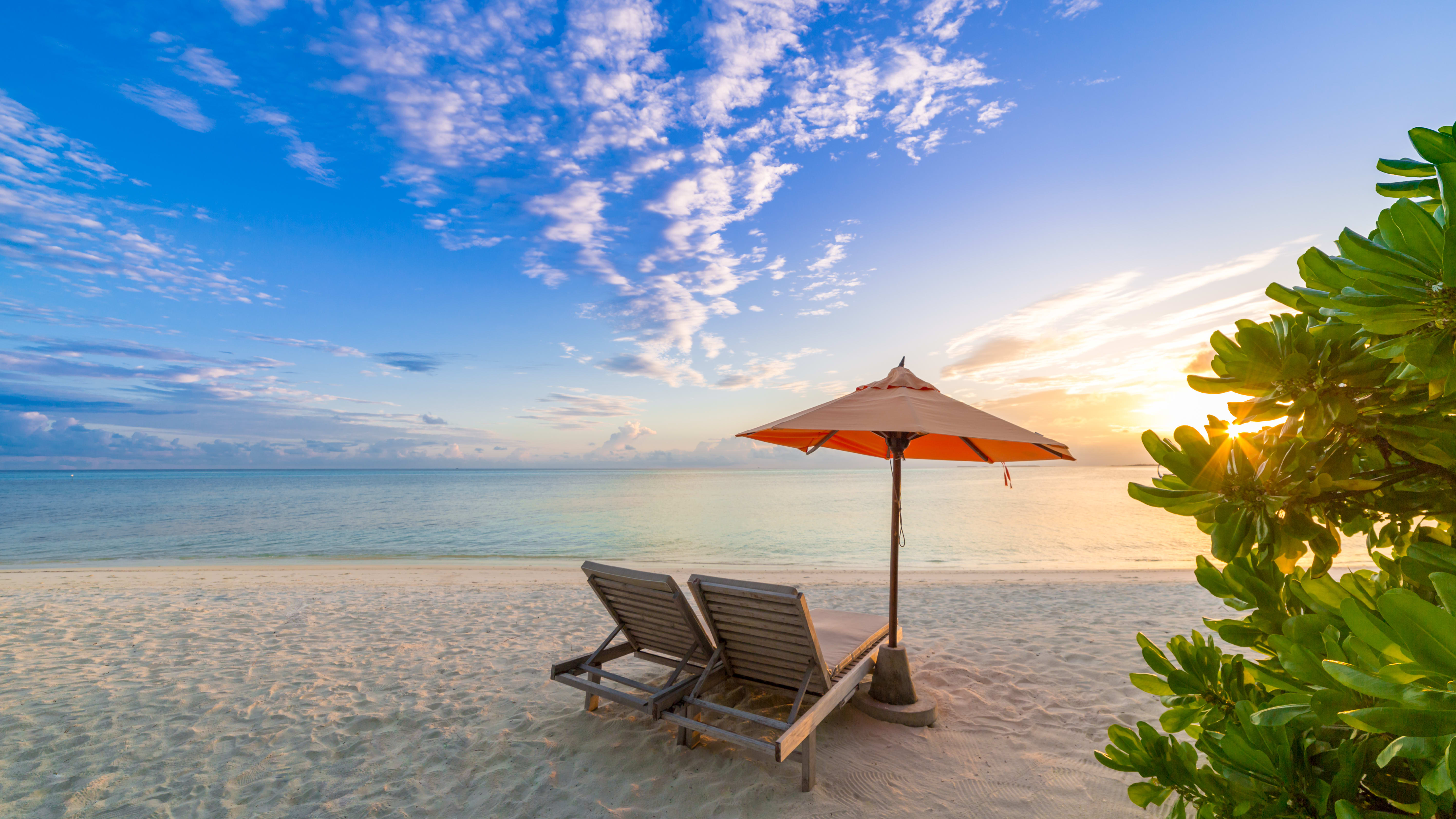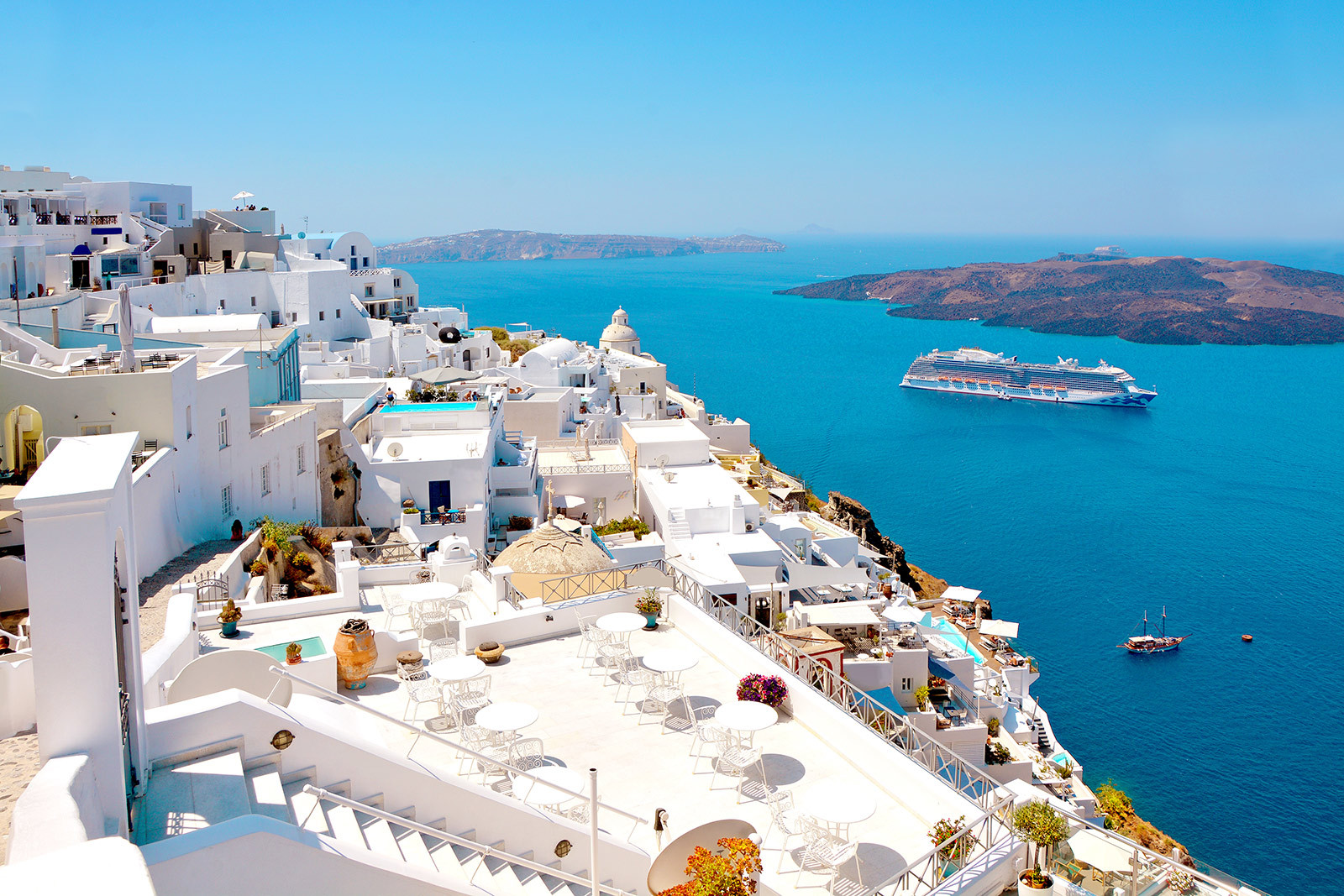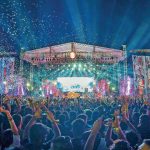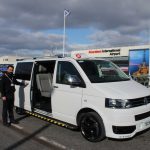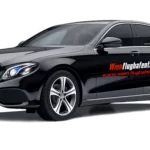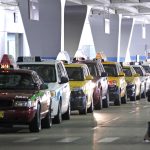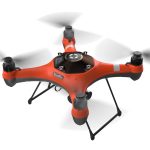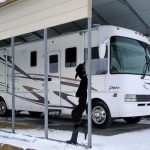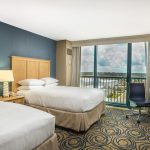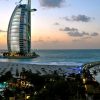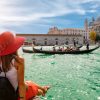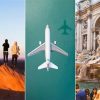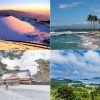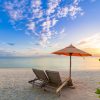When to Use a Travel Agent…
Have you ever used a travel agent? Next time you go on a fairly large trip, try using one. If they’re good, they’ll save you both time and money and give you hints about things and places you didn’t know about.
Travel agents who do research on line often find discounts for air travel that the popular booking engines don’t provide.ices on. Some agents work with with consolidators (companies that offer reduced fares, but not to the public), and the savings can more than make up for agent surcharges.
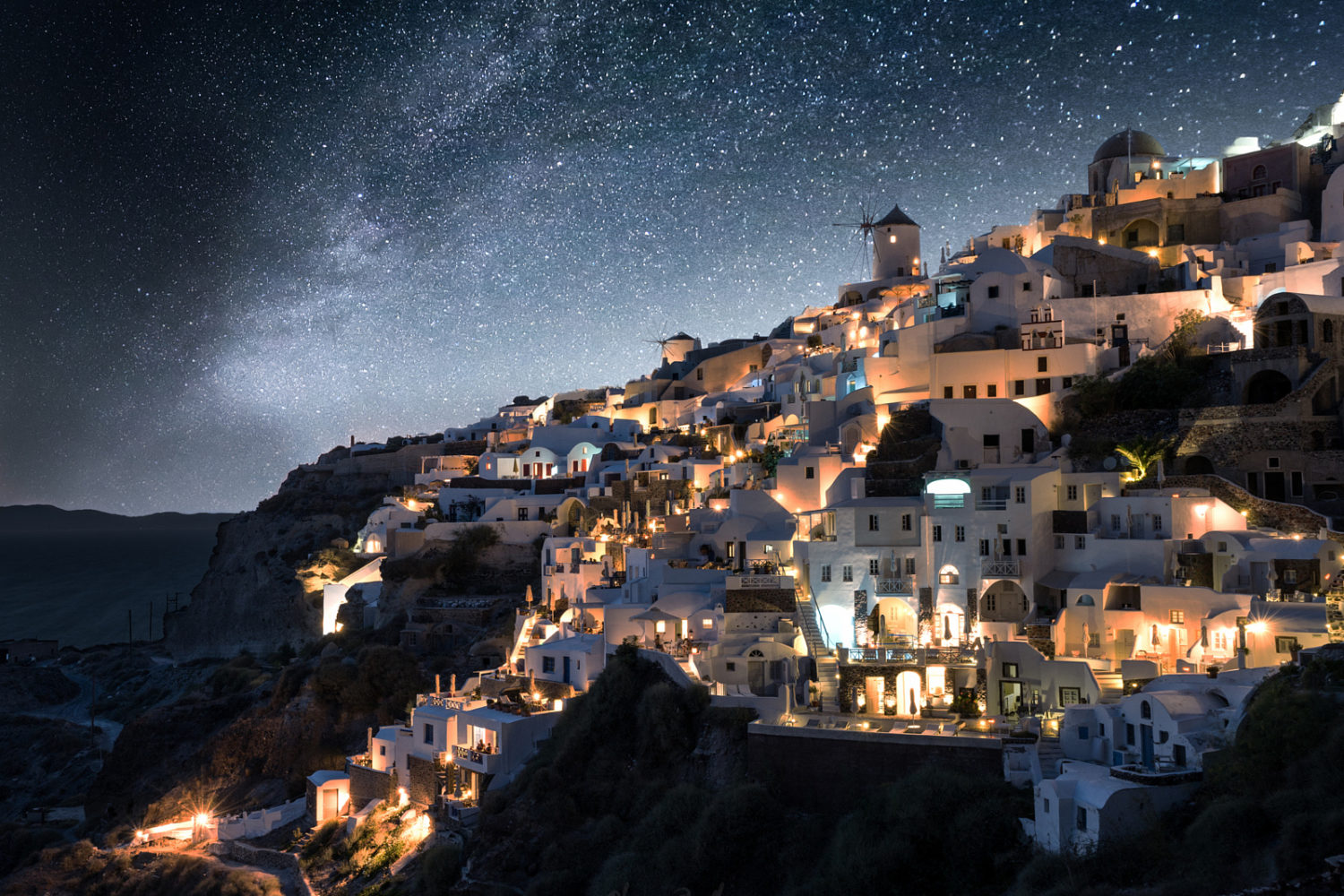
If you’re looking for air passes and around-the-world fares, a travel agent is a real help. Most airlines sell air passes (such as Cathay Pacific and Malaysia Airlines) only through travel agents. The agents charge you a fee for their assistance and help you work out complex itineraries. Agents who specialize in nothing but around-the-world fares can usually get you a better deal, or at help select the best routes to maximize your travel dollar.
When you’re going on a cruise a travel agent can be your best friend. There are literally dozens of cruise lines, all different so you need the help or a professional to match you up with a good cruise. Small ship cruising (Cruise West), sailing on small yacht like ships, cruising with free style dining (eating in the dining room at any time, with any�size group), traveling on the mega ships, cruising on a line with a great kid’s program, etc. A good agent will get you a goodï price with the right cruise line. They can frequently take advantage of group rates with extra amenities without your having to be part of a specific group.
They cruise pretty regularly and can suggest specific destinations, shore tours, cruise lines and the best time of year to travel.
Travel agents can help if you are looking for a specific type of travel. Many agents specialize in various types of travelers – -, gays and lesbians, seniors, naturists, or people with mobility challenges. A resourceful travel agent can easily hook you up with like-minded individuals. Many agents have areas of expertise – -cruises, luxury travel, safaris, etc., and their insights can be invaluable. They are also familiar with different tour companies and adventure travel.

If you’re planning a long, complex, multi-country trip, knowledgeable travel agent is a godsend. A trip to several countries requires all sorts of airline, hotel and car reservations and other services. Many travelers prefer to let the expert handle the day-to-day details. Most agents go on one or more “fam” trips every year, so they learn how far the train station is from your hotel, or how the food and service is at a specific restaurant.
Many travelers use travel agents to avoid the inevitable frustration when making travel plans. When you need a specific room at a specific hotel on a specific date, that agent can help you. The seasoned travel agent will have more success getting special requests for you because the hotels and cruiselines know the clout travel agencies have.
It’s wise to use a travel agent if you’re planning a trip to part of the world that might be considered somewhat challenging to visit. A well-connected travel agent can help you make reservations and set up a single payment for your trip instead of having to make arrangements with individual hotels and airlines (some of which are not set up to allow direct bookings or international payment by credit card). When traveling to countries requiring a visa, an experienced agent can prevent hassles. Likewise, when traveling to a country not popular with American tourists, that travel agent can be a huge help.
England is known to have charters available to European countries that are very reasonable but it will take a good agent to be aware of these special packages and “deals” to the lesser known and less popular destinations.
What happens when your flight is cancelled, leaving you stranded? Your agent can have often get you rebooked and on the next available flight, in a very short time. Many agents will go above and beyond the call of duty, making medical referrals if you get sick or even wiring cash if you get robbed. A friend and travel agent once delivered all the passports a group forgot at home to the airport (4 hours away) in time for a later flight.
Some people don’t have the computer skills to research fares and make reservations online. Or, perhaps you’re not comfortable using a credit card on line. Call a travel agent – you’ll be glad you did.




